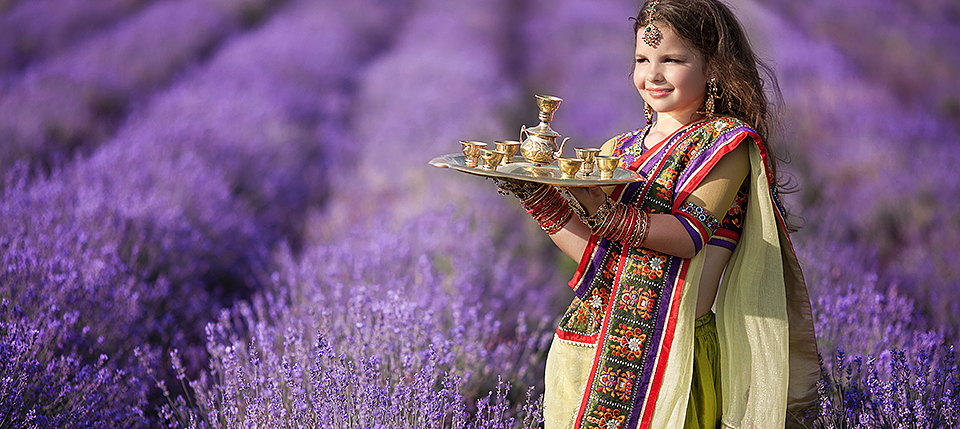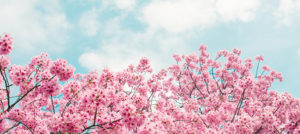Rasayana therapy (rejuvenation) is one of the eight branches of Ayurvedic science and deals with various aspects of preventive health care. It is the procedure that brings back a person from the threshold of old age to the vigor of youth. Its ultimate aim is to maintain immunity and keeps the body youthful and vigorous. Rasayana therapy is described in detail in the authentic texts of Ayurveda like Ashtangahridaya, Sushrutha Samhita, Charaka Samhita etc.
The word Rasayana is a combination of two separate words Rasa and ayana. The word Rasa in this context means the elixir vitae (first liquid tissue) which nourish all the tissues in the body and Ayana is its circulation. Hence Rasayana is such a form of treatment in which all the tissues are nourished and enhanced. The nourishment of vital tissues helps in stopping old age.
There are both treatment modalities and herbal medications used in for the Rasayana purpose in Ayurveda. Rasayana medications are nontoxic in normal doses and are amphoteric (can act as both acid and base), in that way they won’t over-tonify the body. Rasayanas will help normalize physiology, but do it through gentle eliminative functions that tend to focus on one or more organs, so are quite different from tonics. Amphoteric herbs seem to have a built in buffer that will help the body achieve homeostatic balance, building or eliminating to achieve physiological equilibrium.
Purpose
Rasayana should be used for three fold purpose
- Maintaining health,
- Prevention of diseases and old age and
- To avoid the recurrence of diseases.
Rasayana basically promotes the nutrition through three modes. They are
- By directly enriching the nutritional intake of the body through increasing the consumption of certain herbs
- By improving agni i.e. digestion and metabolism, thereby promoting nutrition.
- By promoting the capability of srotas or microcirculatory channels in the body.
Benefits
Some of benefits of rasayana therapy are as follows:
- Long life
- Increase in memory power
- Good health
- Young looks
- Glowing skin
- Modulated voice
- Calmness
- Resistance to disease
Mode of action
The possible mechanisms by which action of Rasayana can be interpreted are
- Antioxidant action
- Immunomodulatory action
- Hemopiotic effect.
- Adaptogenic action
- Antiaging action.
- Anabolic action
- Nutritive function
- Neuroprotective action
Who should take Rasayanas
People suffering from stress, insomnia, shallow breath, weak senses, rough and dry skin, weak appetite, weak memory, chronic digestive problems, migraine, obesity, constipation, weak memory can all benefit from this treatment. However, this does not imply that only individuals with such health problems should resort to Rasayana therapy. If you are planning to improve your vitality, and wish to have a fresh and energetic body, this therapy can be of help.
Criteria for Rasayana:
Ideal age group for receiving rasayana is between 16 yrs to 90 yrs. It is advisable to purify the body with suitable methods of Panchakarma (when necessary) or by mild purification so that the person gets maximum benefit. The person should be of a stable mind, intelligent and should be able to control his desires. He should have belief in the medicines and procedures that are going to be done. While undergoing rasayana treatment, the person should abstain from smoking, alcohol and other bad habits.
Types of Rasayana medications
According to the method of use of Rasayana medications, they are classified into-
1. Kamya Rasayanas- They are promoters of normal health. They boost body energy levels, immunity and general health.
Pranakamya – Promoter of vitality and longevity
Medhakamya – Promoter of intelligence.
Srikamya – Promoter of complexion.
2. Naimittika Rasayans help to fight a specific disease.
Here is list of herbs used for rasayana therapy and their actions –
• Bala (Sida-condifolia), Kashmari (Gmelina arborea), and Varahi (Withania somnifera) – act as dietary adjuvants and are good for increasing the strength of tissues and organs (Balya).
• Pippali (Piper longum) acts as ‘Respiratory Rasayana’
• Lahsuna (Garlic -Alhum sativum) – increase the tissue enzymes.
• Haritaki (Terminalia chebula) – acts as ‘Digestive Rasayana’ by eliminating the waste products from the tissues/organs, particularly G.I.tract.
• Brahmi (Bacopa monnieri), Vacha (Acorus calamus), Shankhapushpi (Convolvulus pluricaulis), Mandukaparni (Centella asiatica) – helps to increase intellect and memory thereby acting as ‘Medhya Rasayana’ (Brain Tonic).
• Guggulu (Commiphora mukul) – helps further digestion of waste products (Aama).
• Amlaki (Embelica officinalis) and Guduchi (Tinospora cordifolia) – decrease the catabolic process and thus postpones ageing. Therefore they are known as ‘Vayasthapaka Rasayana’ (Adaptogenic tonics).
• Bhallataka (Semicarpus anacardium) – have a powerful immune promoting substance which overcomes many conditions like rheumatoid arthritis and some stages and types of malignancies (cancer).
• Punarnava (Boerrhevia diffusa) – promotes the functions of the kidney and improves the regenerating capacity of the nephrons (functional unit of the kidneys).
• Shatavari (Asparagus recemosus) – is perhaps best known as a female rejuvenative. It is useful for infertility, decreased libido, threatened miscarriage, menopause, leucorrhea. Shatavari promotes lactation in lactating mothers.
• Pravala (coral-corralium rubrum), kukkutandatwak bhasama (calcination of external covering of hen’s egg) – provide calcium essential for bone growth and development.
• Kapikachhu (Mucuna pruriens) and Ashwagandha (Withania somnifera) – promote generative activities in the tissues, restore senile sexual dysfunctions and cure impotency.
• Suvarna (Gold) and Hiraka (diamond) – increase the ‘ojas’ (the essence of the body)
• ‘Vardhaman pippali rasayana’ is the Rasayana treatment advocated for ‘Pranvaha shrotas'(Respiratory system).
• Chyavanaprasha: is an ancient and most popular rejuvenator tonic of Ayurveda.
Types of Rasayana treatment
Rasayana treatment is of two kinds:
- Kudipraveshikam
- Vatatapikam
- Kudipraveshikam
The first is the Kudipraveshikam, which is carried out in utmost diligence, with strict rules and diet, under the expert guidance of able physicians. The Kudipraveshikam is also called as Kayakalpam. The major treatments will be carried out inside a specially built hut (Kudi) surrounded by walls that shut off wind and light. A patient entering the Kudi, comes out after the prescribed course of treatment, hale and healthy.
Duration: Kudipraveshikam is a 50 to 120 days treatment procedure (including indoor & outdoor).
The person intending to undergo the Kudipraveshika treatments must have:
* A strong and positive mind free from sex, anger etc.
* A purpose for undergoing kudi-praveshika treatments.
* A disease-free body.
* Confidence in the scope of this treatment and the ability of the physician.
* Ability to afford the cost of treatments.
The Kudipraveshika can be done for both male and female patients, and can be done effectively from age 25 to 70.
If the person is affected by a serious disease, the Kudipraveshika treatments can start only after the disease is completely cured.
The medicines (rasayana) for the kudipraveshika will be decided by the physician according to the condition of the patient’s health.
- Vatatapikam
The second is the Vatatapikam that is less rigorous and with less restrictions on diet while comparing with Kutipraveshika. This is prescribed for those to whom a strict diet is difficult, and for those who are still weak after some illness. The patient undergoing treatments can live in spacious room that get enough wind (vata) and light (atapa). The medicines (rasayana) for the Vatatapikam will be decided by the physician according to the condition of the patient’s health.
Duration: Vatatapikam is a 21 to 60 days treatment procedure.
Common method of treatment
The treatment method apart from therapy sessions on consultation with an Ayurvedic doctor, oral herbal medications, and an ayurvedic diet, may include yoga and breathing sessions, and meditation.
The therapy begins with cleansing of oral cavity, nose, eyes and ears, prior to application of oil on the whole body for the first week. A one hour full-body massage is done with hands or with foot. A 15 minute full body massage is followed by 45 minutes of sudation with boluses of medicated powder for next three days. Enemas may be given with appropriate medicated oils or decoctions on alternate days after the first week.
The full body massage is followed by continuous synchronized pouring of warm oil on the body in a specific manner, or a body scrub using a coarse herbal medicated powder for 50 minutes on the 8th, 9th and 10th days.
The next two days, fifteen minutes steam chamber treatment may follow the full body massage. Thereafter, a full body massage is followed by Shirodhara, wherein constantly warm medicated oil is poured on the forehead for the last three days of the treatment.
All this is done apart from regular oral herbal medications and an ayurvedic diet. This is the general treatment plan followed in a Rasayana Therapy in case of a normal healthy person. But, doctors usually check and diagnose the patient’s health condition before finalizing the treatment plan.
Dr. Rishana Riyas, BAMS
CMO, Ayusparsha Hospital, Kannur, Kerala





